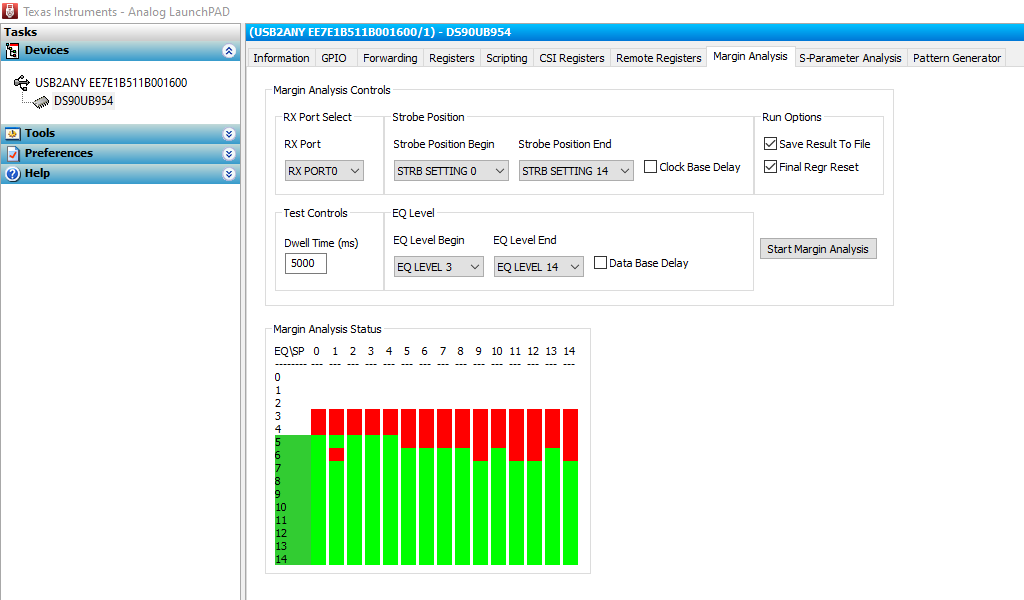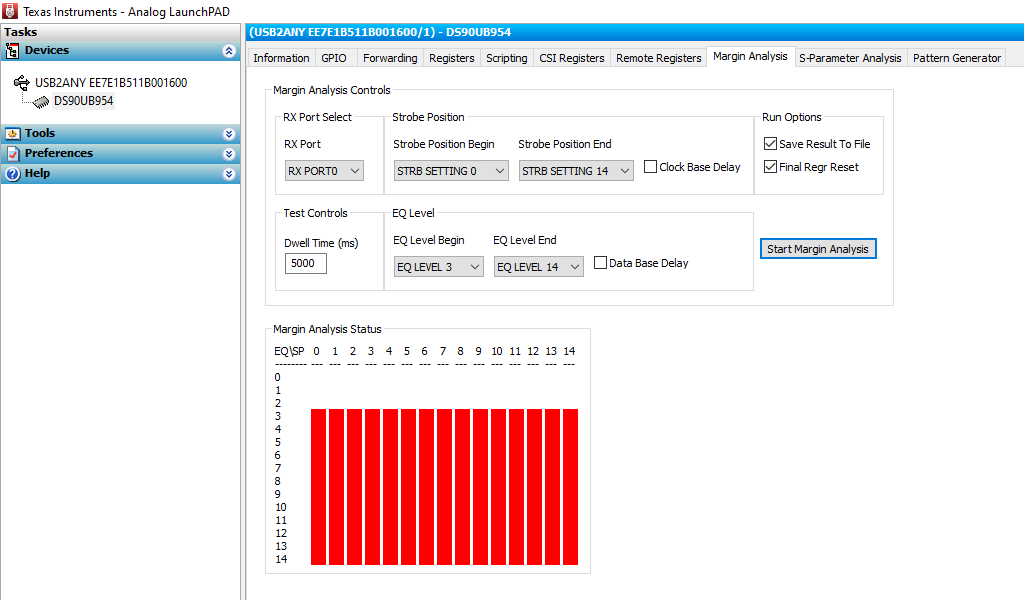Other Parts Discussed in Thread: DS90UB936-Q1, DS90UB954-Q1EVM, DS90UB914A-CXEVM, ALP
Hi,
We are currently using the combination DS90UB913Q and DS90UB914Q to transmit video data from an image sensor over a STP cable.
Video format is RAW10 with a PCLK of 33MHz.
Since MIPI is actually required at the output of the deserializer, we would like to switch to the DS90UB936-Q1 component.
This would save us another building block for converting DVP to MIPI.
We built first prototype boards with the DS90UB936-Q1 instead of the DS90UB914Q.
The output data of the sensor were not changed and the transmission of the video data over the same transmission path works as desired.
The problem is that the connection is very sensitive to WiFi signals from external devices, similar to what is described in this thread:
DS90UB934-Q1: FPD LInk III WiFi intereference - Interface forum - Interface - TI E2E support forums
This sensitivity is not present in the combination DS90UB913Q and DS90UB914Q.
First question:
Of course, the signal integrity must be guaranteed and appropriate shielding and its connection must be properly implemented.
This was apparently the reason for the vulnerability to WiFi signals in the above thread.
Are there any other reasons why a combination of DS90UB936-Q1 and DS90UB913Q should be more susceptible to WiFi signals than operation with the DS90UB914Q with the same output data from the image sensor?
I assume that the frequency space used is the same.
The second question refers to the data sheet of the DS90UB936-Q1. Why is only the DS90UB913A mentioned here as a compatible serializer, although the DS90UB936-Q1 enables STP transmission?
Is there a reason not to use the DS90UB913Q here?
Thank you for your feedback in advance.



